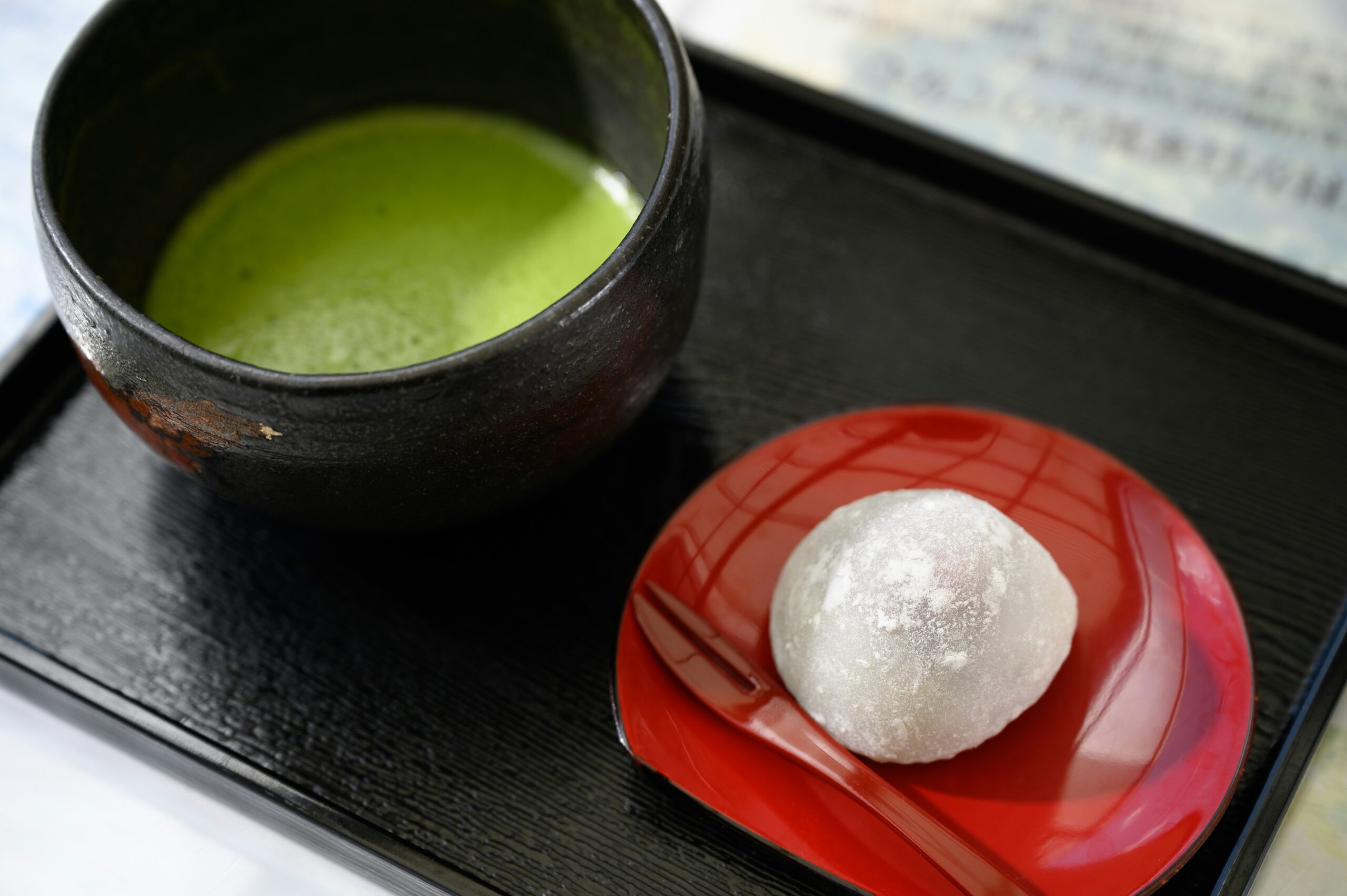In Japan, the experience of tea is inseparable from the delicate sweets that accompany it—wagashi. These confections, often enjoyed during a tea ceremony, are more than mere desserts; they are an expression of artistry, history, and philosophy, offering travelers an intimate glimpse into Japan’s cultural soul.
Contents
A Tradition Carved Through Centuries
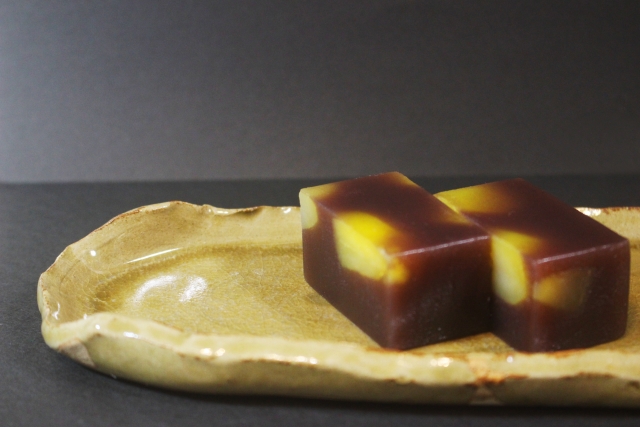
Wagashi, literally “Japanese sweets,” trace their origins to influences from China during the Nara period (710–794). Initially simple confections, they evolved over centuries into refined creations that harmonize perfectly with the slightly bitter taste of powdered green tea (matcha). By the Edo period (1603–1868), wagashi had become essential to the tea ceremony, embodying the ritual’s values of mindfulness, elegance, and seasonal awareness. Each sweet reflects nature’s cycles: cherry blossoms in spring, maple leaves in autumn, snow motifs in winter. This devotion to seasonality is not mere decoration—it represents mono no aware, the Japanese aesthetic of appreciating the transient beauty of life.
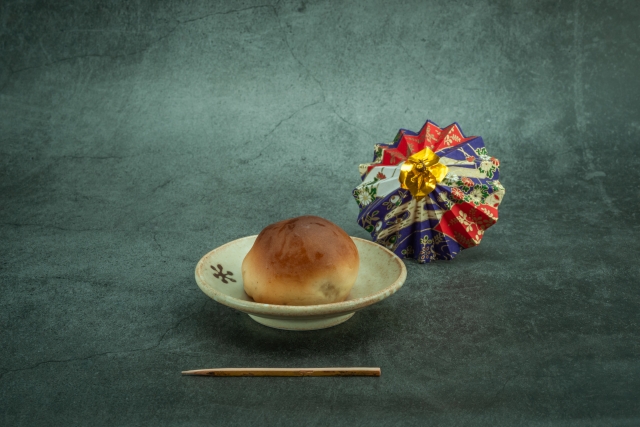
Seasonality as a Living Philosophy
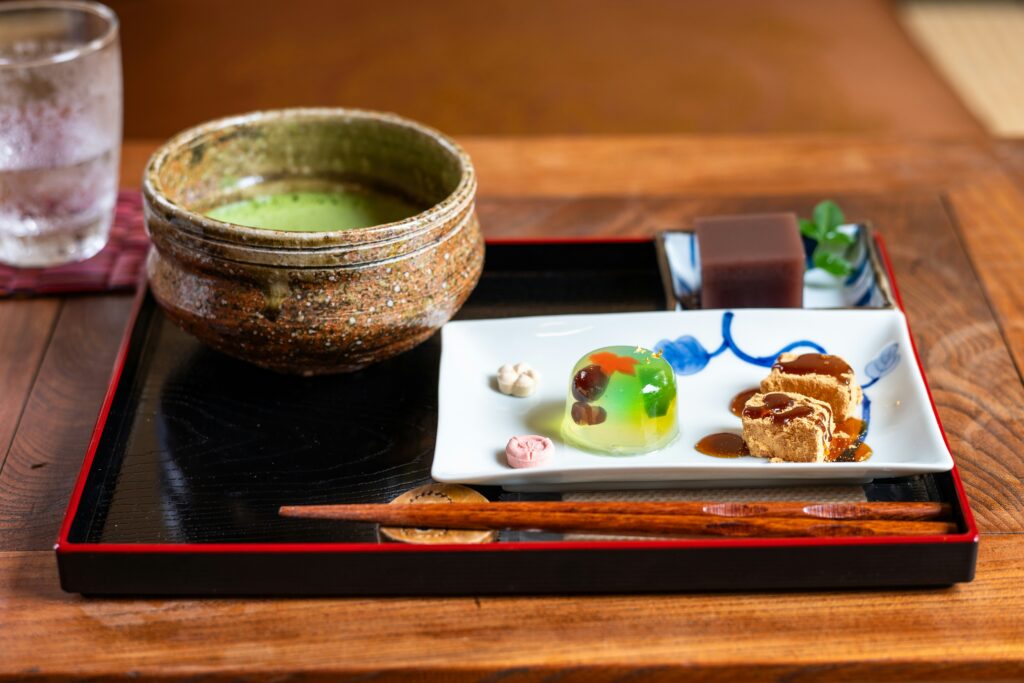
Unlike Western desserts, which often prioritize sweetness and richness, wagashi are intimately tied to the rhythm of the seasons. Each confection tells a story of harvests, blossoms, or seasonal festivals, using ingredients sourced at their peak. For example, spring may bring sakura-flavored mochi, while autumn introduces chestnut paste or persimmon. This alignment with nature transforms eating into a contemplative experience, connecting the consumer to Japan’s landscapes and cycles.
Distinctive Craftsmanship
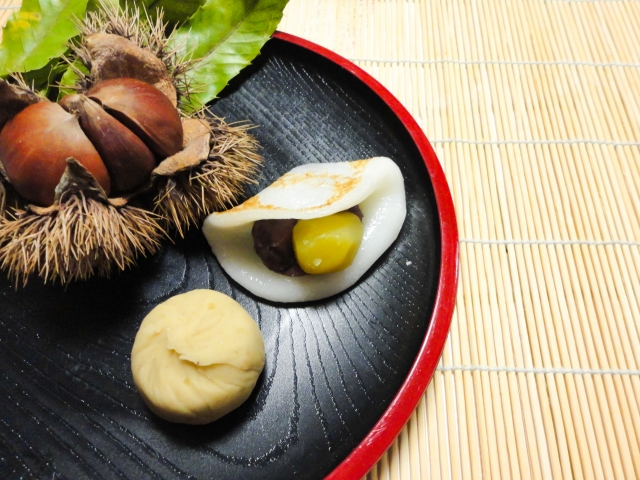
The making of wagashi is both delicate and precise. Unlike Western pastries, which rely on baking, butter, and sugar, wagashi often require steaming, molding, and subtle cooking methods that preserve the natural flavor and texture of the ingredients. Red bean paste (anko), glutinous rice, chestnuts, and seasonal fruits are shaped meticulously by hand, often resembling miniature flowers, leaves, or seasonal motifs. The result is a confection that is as visually enchanting as it is delicious.
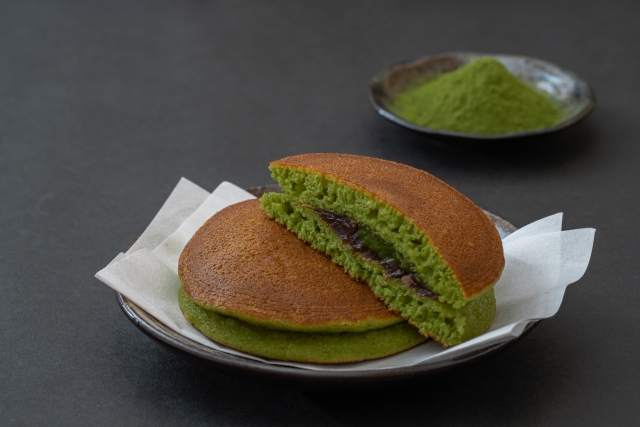
This contrast highlights the philosophical difference between Japanese and Western approaches: while Western pastries emphasize indulgence and decadence, wagashi prioritize harmony, subtlety, and ephemeral beauty. Compared to Chinese or Korean sweets, which may focus on dense textures or heavy sweetness, wagashi celebrate lightness, refinement, and the sensory interplay with matcha. Southeast Asian desserts, often tropical and rich in coconut or palm sugar, present yet another flavor world, but without the same ritualized attention to season and form that wagashi exemplifies.
The Path of a Wagashi Artisan
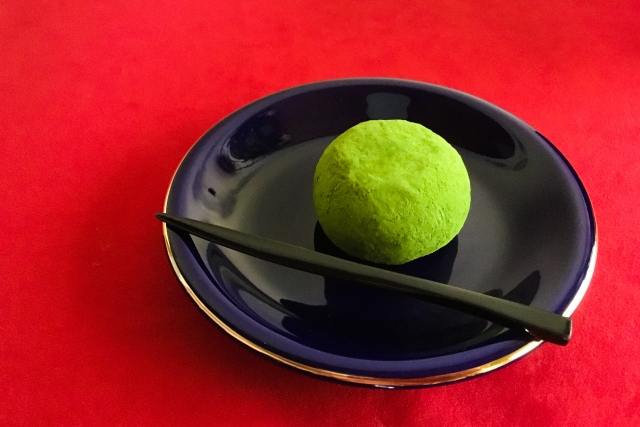
Mastering wagashi is a lifetime pursuit. Apprentices may spend years observing masters, learning to handle delicate doughs, perfect paste textures, and sculpt intricate seasonal motifs. This painstaking training cultivates not only technical skill but also aesthetic judgment, patience, and mindfulness—qualities that define the spirit of Japanese confectionery. Each sweet carries the imprint of this rigorous cultivation, transforming every bite into an encounter with generations of craftsmanship.
Modern Challenges and Innovation
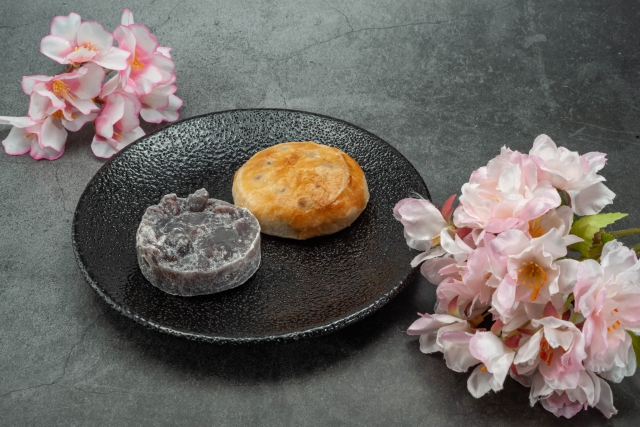
The contemporary wagashi industry faces both challenges and opportunities. Urbanization, changing diets, and a declining number of apprentices threaten traditional techniques. Yet, innovation is thriving: young artisans experiment with novel flavors, organic ingredients, and cross-cultural fusions, all while honoring seasonal aesthetics. Specialty shops in Kyoto, Kanazawa, and Tokyo often release limited seasonal editions, ensuring that wagashi remain both traditional and relevant. For the discerning traveler, seeking out these artisans is akin to discovering a hidden gallery of culinary art.
The Ritual of Enjoyment
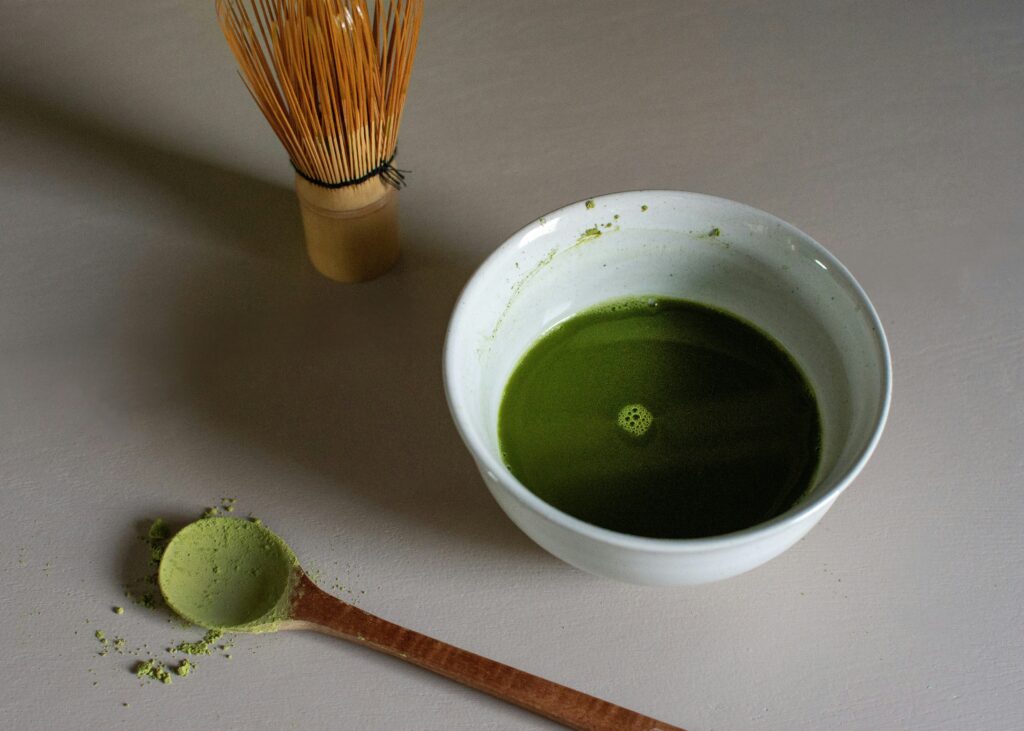
Wagashi are inseparable from matcha in the tea ceremony, but their enjoyment transcends formal ritual. One first admires the confection’s design, noting subtle gradations of color or evocative seasonal motifs. Then, as it is eaten slowly, each bite reveals layered textures and flavors, perfectly balanced against the creamy bitterness of matcha. Even outside a tea room, savoring wagashi in a quiet garden or an elegant café evokes the same contemplative serenity.
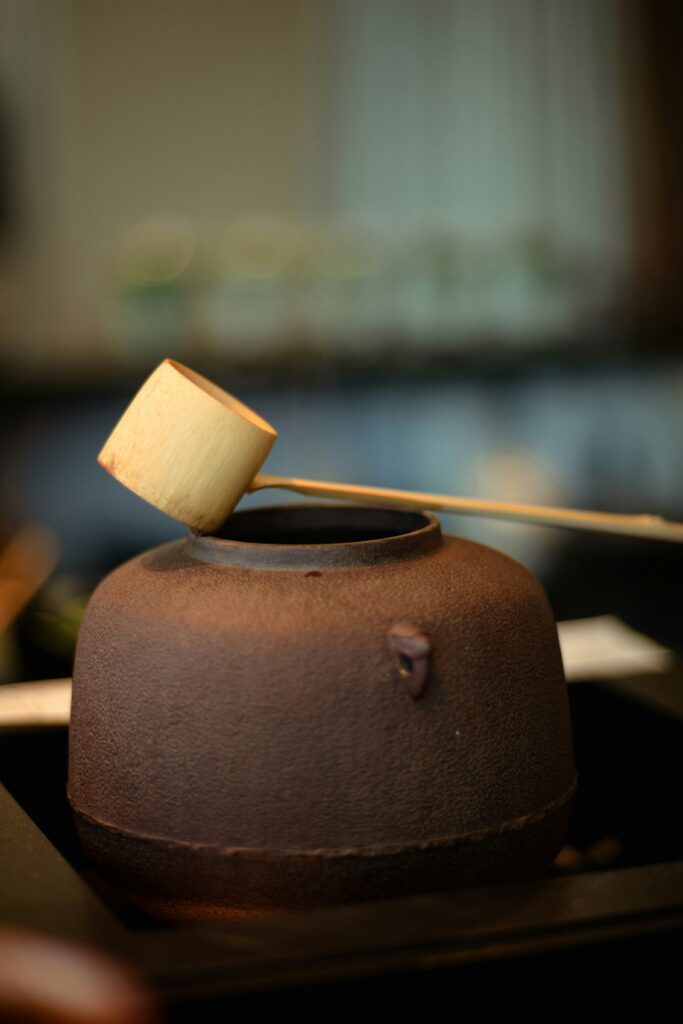
A Living Heritage
Ultimately, wagashi are more than sweets—they are cultural touchstones.
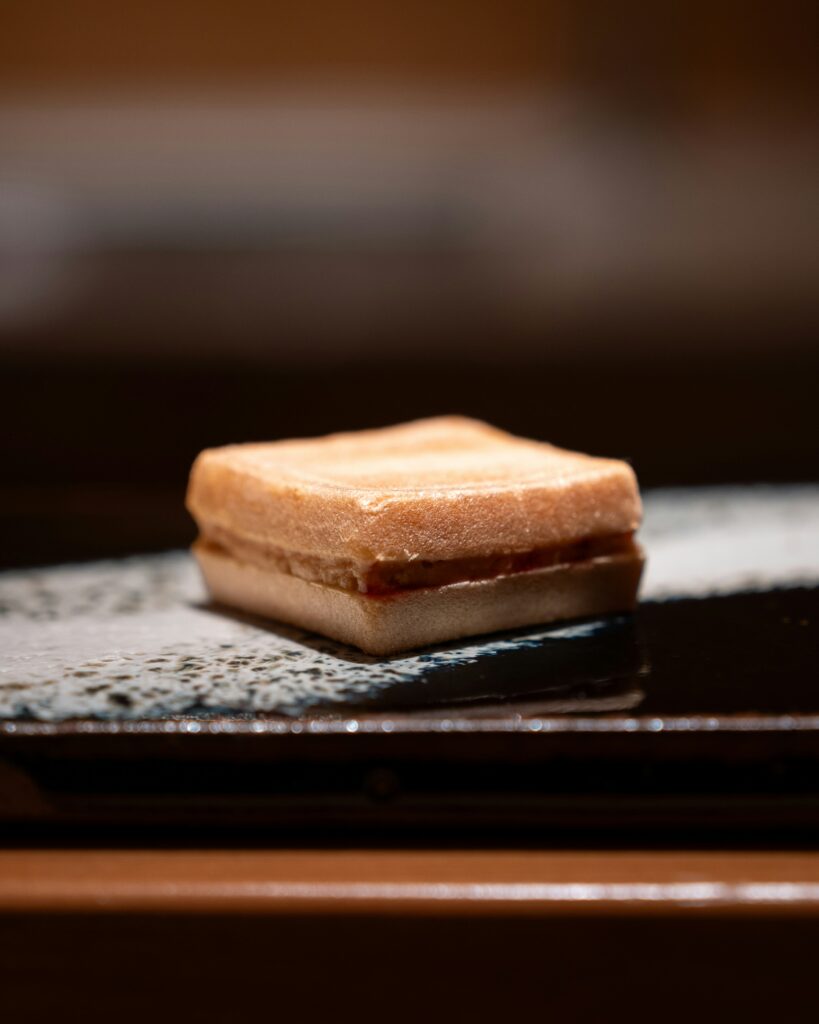
They encapsulate Japan’s reverence for nature, seasonal awareness, aesthetic beauty, and craftsmanship. For the visitor, tasting wagashi is a portal to centuries of tradition, an encounter with artistry, and a lesson in mindful indulgence. Each bite is a dialogue with history, a sensory journey through the rhythms of Japanese life, and a reminder that beauty and taste can coexist in perfect harmony.

